All products featured are independently chosen by us. However, SoundGuys may receive a commission on orders placed through its retail links. See our ethics statement.
Here's how I landed my first Spotify editorial playlist
Published onOctober 10, 2024
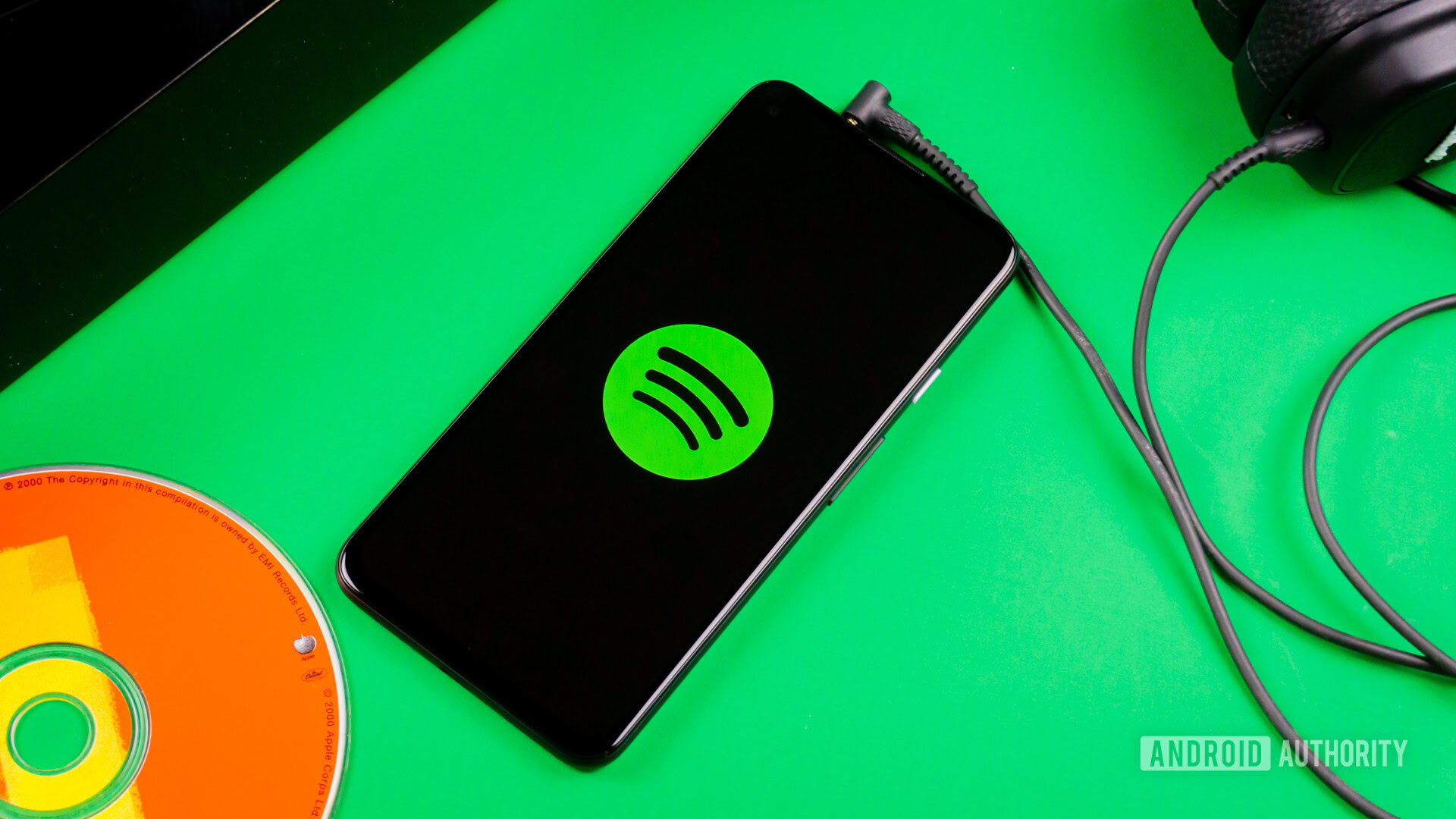
Spotify remains the best music streaming service for most people with over 626 million monthly users globally. In addition to a pleasing user experience, the platform is home to millions of user-generated and algorithmic playlists. It also operates thousands of Spotify editorial playlists with high engagement and millions of followers. These feature songs hand-picked by the company’s internal team of professional and seasoned curators. To my surprise, one of my band’s songs landed a placement on Spotify’s All New Rock editorial playlist earlier this year. The single is a B-side from our debut album and I couldn’t be happier. However, getting there wasn’t an easy journey and there’s no guarantee of future support.
More plays, more lists
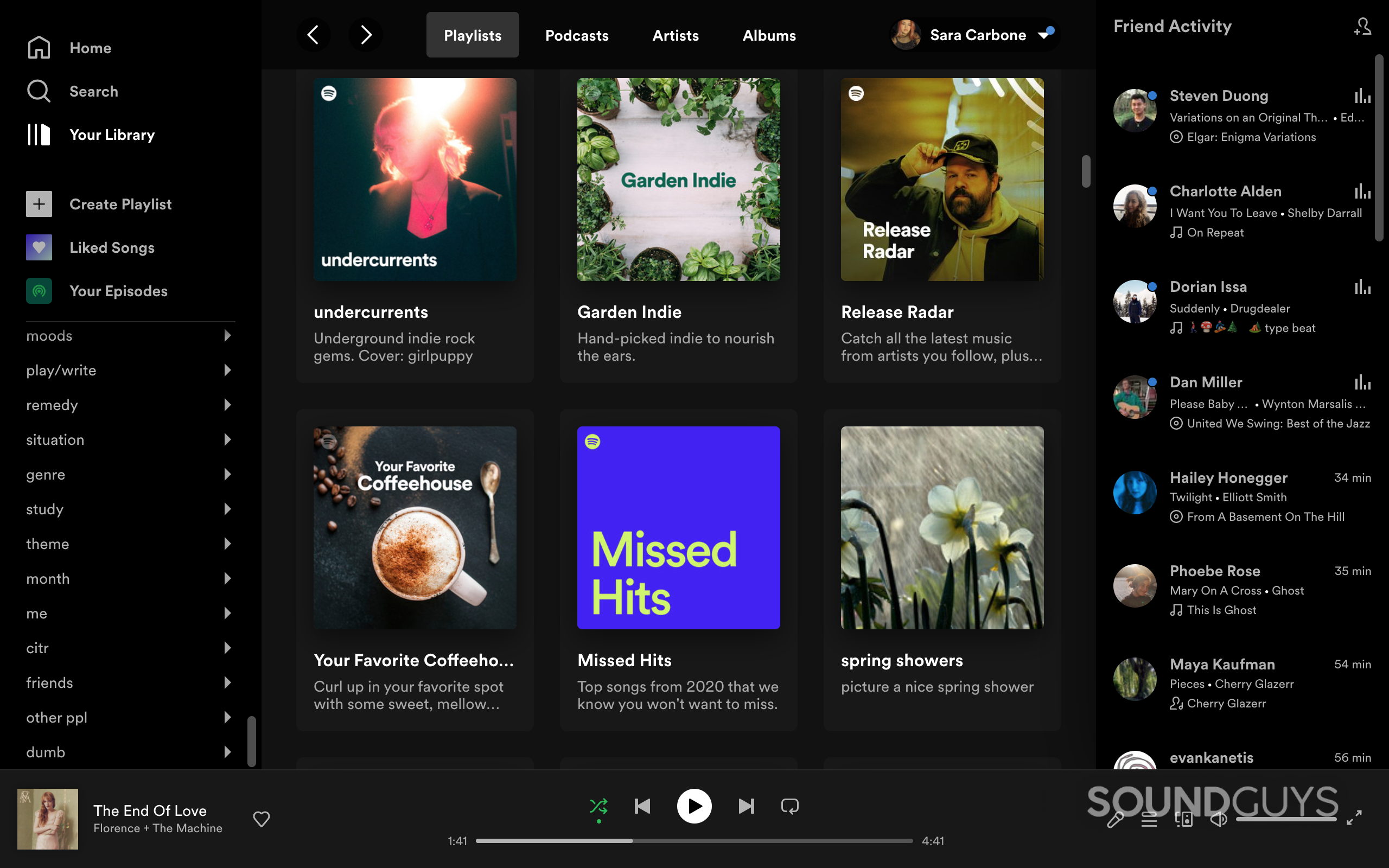
Spotify employs many different playlists, including personalized playlists unique to each listener. These use sophisticated algorithms to recommend songs based on what you listen to, when you stream, which songs you add to playlists, the listening habits of people with similar tastes, and more. Some examples of popular personalized playlists include Release Radar, Discover Weekly, and On Repeat. Spotify also offers personalized playlists that start with an editor selecting a pool of songs for the algorithm to work from. The company aptly names this process “Algotorial.”
Algotorial playlists are created and maintained by Spotify’s editorial team for different moods, genres, activities, and more. One editor may use their understanding of a specific region to update the music in a playlist, while another may excel in discovering new Hip-Hop artists. Spotify says its team’s deep musical and cultural understanding is a powerful tool for its editors to remain aware of trends and emerging talent. Potential songs are then added to a pool, filtered by relevance, and subjected to metrics analysis to gauge which tracks perform well.
Spotify utilizes a mix of human curators and specialized algorithms to feed its personalized editorial playlists.
These differ from Spotify’s editorial playlists, though. To secure a place, artists must pitch their unreleased tracks directly to the company’s editorial team. Songs are submitted through the Spotify for Artists sister app and must adhere to the company’s submission guidelines. Spotify states its editors are more inclined to approve a song with plenty of supplementary information. Unfortunately, pitching alone does not guarantee playlist placement. Instead, Spotify encourages artists to grow their fanbases by engaging with their audiences on and off Spotify. Social media plays an enormous role in showing Spotify editors you have a hardcore fanbase.
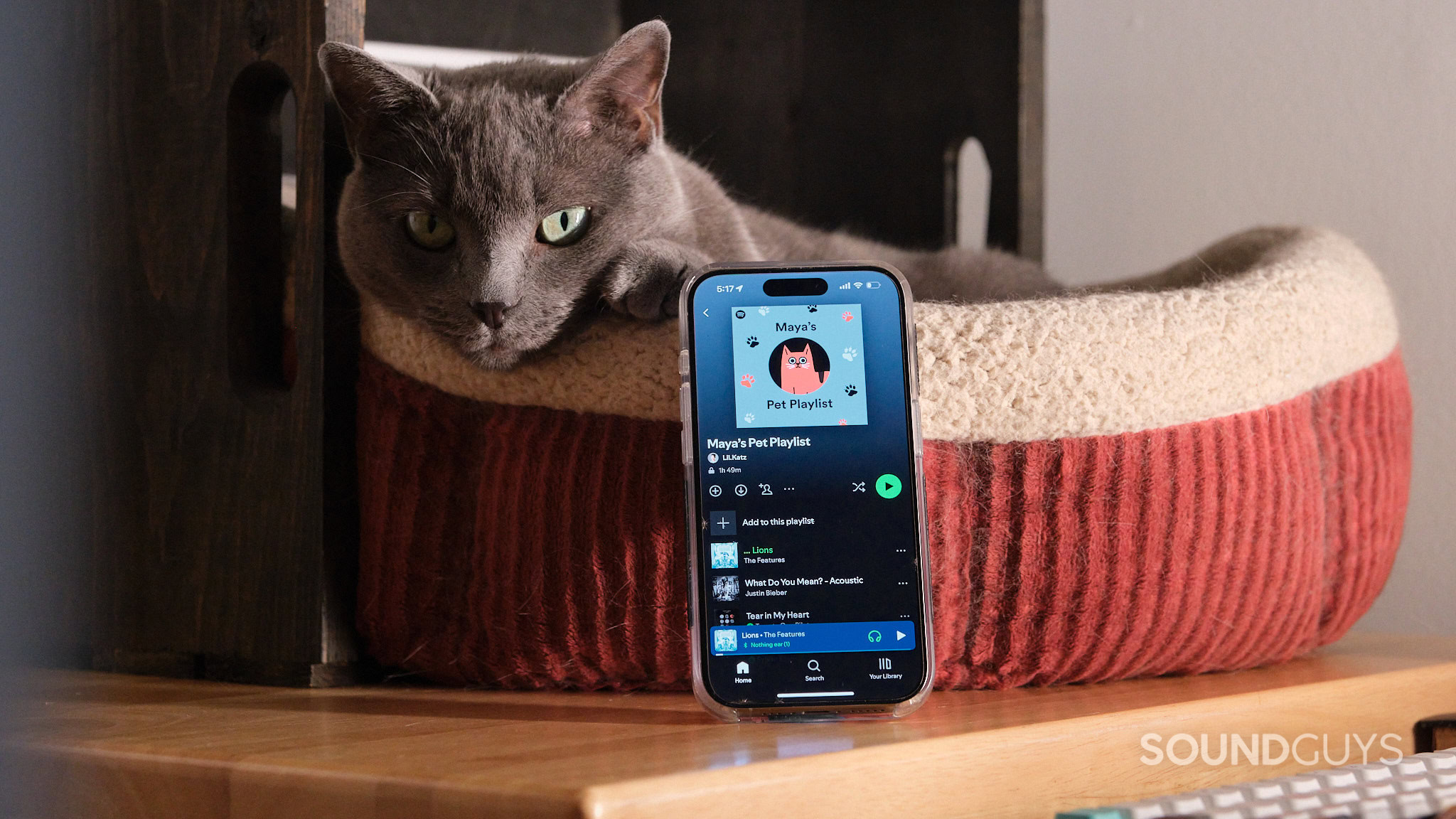
My band released four singles in anticipation of our debut album launching on May 17, 2024. Our release schedule was part of a two-year-long campaign constructed with the help of our manager, publisher, distributor, and live agent. Spotify states that songs must be submitted at least one week before release day. This gives its editors time to consider the track for playlisting. However, we gave each track a six-week grace period to allow extra conversations between our distributor and Spotify DSPs. We also provided refreshed press releases with each song, listed our sold-out shows and radio successes, and uploaded up-to-date press shots. Still, none of our songs secured a Spotify editorial playlist before the album launch.
Securing an editorial playlist is cool, but there’s no guarantee how long your song will remain there. While hopeful for a long placement, my band’s single was live for just one week. During that time, it received 3499 streams. The song has 18498 total streams at the time of writing, with 7687 heralding from the algorithmic Spotify Radio playlist. For comparison, our most streamed song has 112626 streams, with nearly half originating from Spotify Radio and roughly 10% from Discover Weekly. Editorial playlists are handy if you land them, but algorithmic ones do a lot of the hefty lifting for budding musicians.
Charting a course to stardom
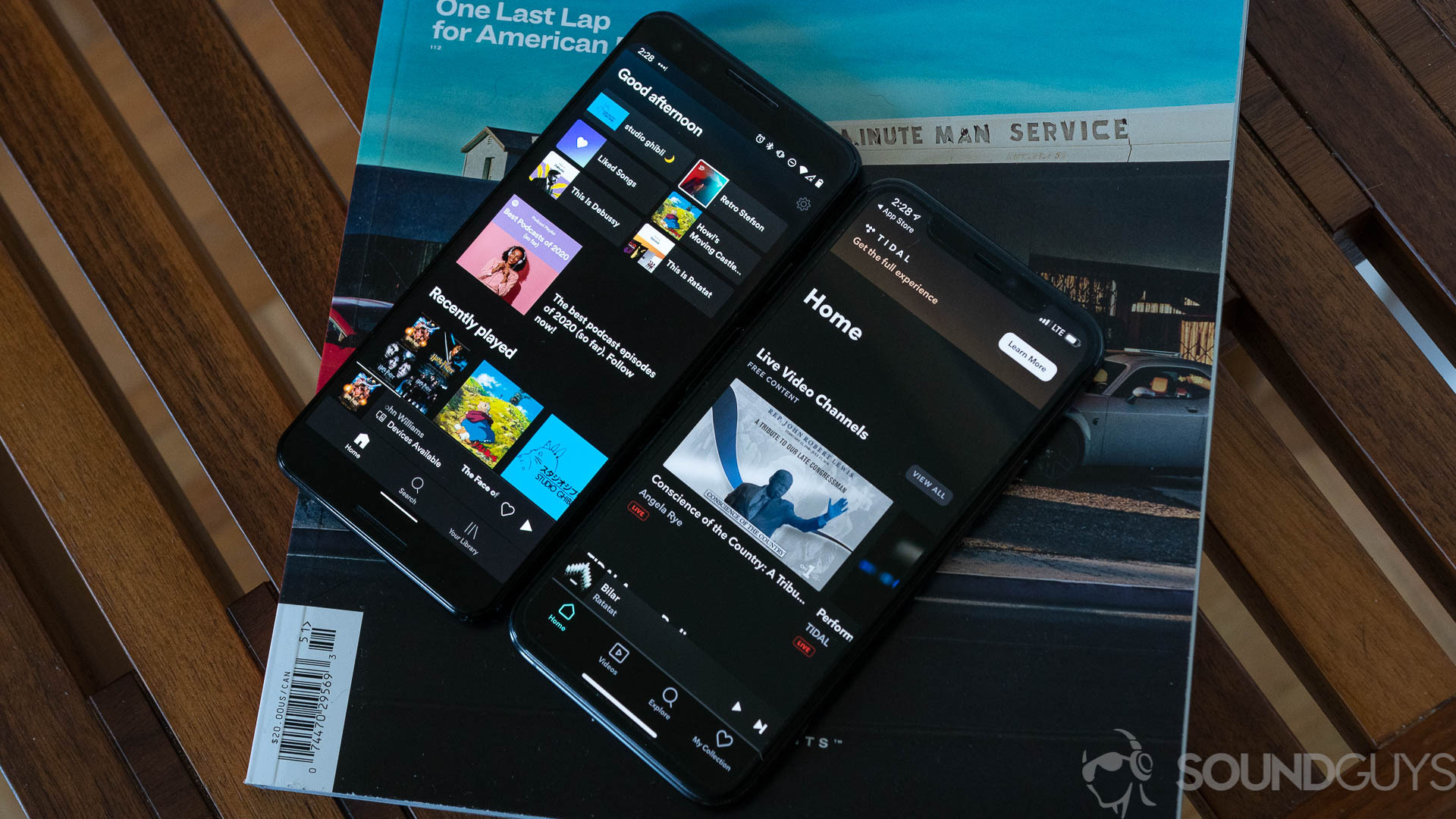
Alongside its vast array of playlists, Spotify also operates influential streaming charts. These have gained prominence across the industry since their inception in 2021. Showcasing the most popular artists on its platform, Spotify breaks down the most streamed songs and albums into categories. These include Viral Charts, Global Charts, Regional Charts, City Charts, Daily Charts, and Weekly Charts.
According to the company, chart stream numbers use a formula that ensures all voices on its platform are heard. Consequently, not all Spotify streams are eligible for chart positioning depending on a song’s streaming behaviour. This means Spotify or Spotify for Artists stream counts may not reflect those in Spotify Charts. Thankfully, the company states that chart filtering does not impact rightsholder royalty payouts.
Spotify Charts are as influential and respected in the music industry as official record sale charts.
Spotify Viral Charts are the most popular and track the songs gaining the most traction on the platform. Chart placement is dictated by whether a song has recently risen in plays, how often people share it, and how many recently discovered it. This is entirely data-driven, with Global Viral Charts collating information from all listeners on the platform. Conversely, Regional Charts and City Charts look at data from listeners in a particular location. Spotify’s Local Pulse Charts shows songs in that specific city relative to their popularity.
Songs that land popular Spotify editorial playlists are more likely to feature in the company’s charts. Artists with entries that remain on charts for consecutive weeks or days are awarded a streak. However, the peak position doesn’t reset, with the highest entry maintaining the accolade until surpassed by someone else. Sabrina Carpenter currently has the most spots among Spotify’s Top Songs Global chart, with “Taste” ranking the highest at number five. Sabrina’s songs remain on editorial playlists such as This Is Sabrina Carpenter, Hot Hits UK, Today’s Top Hits, big on the internet, Mood Booster, and !!!. These editorial playlists have a combined follower count of over 50 million at the time of writing.
I submit!
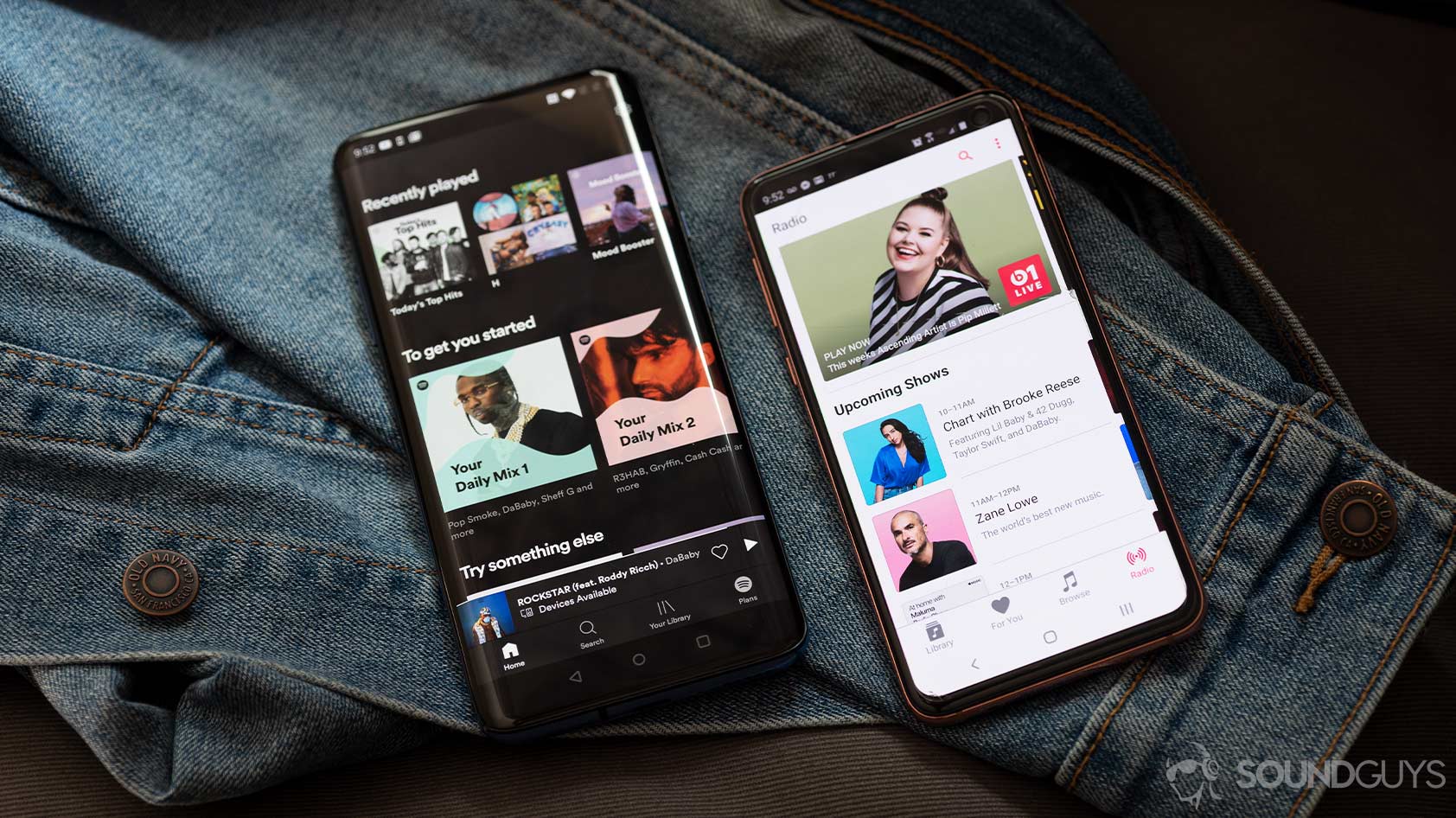
Spotify isn’t the only music streaming platform operating editorial playlists and charts. Tidal hosts its Editors’ Picks playlist and many others based on genre, lifestyle, and more. Unfortunately, the company only opened direct submissions for editorial playlists for a short period. This ended in December 2023, with artists now having to apply for a Tidal RISING account instead. This provides direct access to the company’s Artist Relations and Editorial teams. Playlist placements are dependent on signing up for a Tidal Artist Home account.
Like Tidal, Apple runs its own editorial artist submission portal. Apple Music Pitch requires musicians to apply for a relevant account. You must then partner it with an Apple ID associated with the company’s iTunes Connect account. Similarly to Spotify, you must submit your songs at least 10 days before release. Apple also requires additional information regarding spatial audio support, motion artwork, and lyrics. Details regarding Apple Music-specific marketing plans and release timelines are also needed. Apple also collects your press shots and geographical territory for its global teams to identify pitches from local partners.
Spotify, Apple Music, Amazon Music, and more allow artists to pitch directly to editors to secure editorial playlists.
Amazon Music operates the same, with artists able to submit their tracks for consideration through the Amazon Music for Artists app. However, unlike Spotify, you can apply for editorial playlists up to 14 days after the release of your single. You must submit the relevant genre, lyrics, and supplementary information to explain why editors should pick your track. If successful, landing an editorial playlist on Amazon Music has some unique benefits. These include push notifications to existing fans and alerts from Alexa for those who have requested your new music.
Deezer, Qobuz, YouTube Music, and other major music streaming platforms offer editorial playlists. While each company operates differently, many curate emerging artist playlists. The major problem for musicians is that competition is fierce and writing and recording quality music is no longer enough. Showcasing marketing acumen and an aptitude to engage with your fans online is a major component in securing editorial playlists across all platforms.
But what do you think? Are Spotify editorial playlists the go-to for discovering new music, or do algorithms reign supreme for suggesting new talent?
Are Spotify editorial playlists good for finding new music?
FAQs
Spotify editorial playlists are music playlists curated by Spotify’s internal editorial team. Unlike algorithmic playlists like Spotify Radio and Discover Weekly, editorial playlists feature hand-picked songs based on their genre, lifestyle relevance, geographical location, cultural significance, and more.
Yes, it can be difficult to secure a placement on Spotify editorial playlists. High-quality recordings are much more likely to feature on editorial playlists than low-quality ones. You also must demonstrate that you have a large organic fanbase on and off Spotify. Social media, radio support, and selling-out shows all play their part. Landing an editorial playlist is often part of a larger jigsaw of successes elsewhere in your project.
Spotify sends confirmation emails to successful applicants. The Playlists tab in Spotify for Artists will highlight your track placement when your release goes live. However, Spotify editors may select a different song for their playlists than what you pitched.
You cannot pay to secure an official Spotify editorial playlist placement. Beware of third-party platforms that claim otherwise, as Spotify routinely removes user-generated playlists that make these claims.